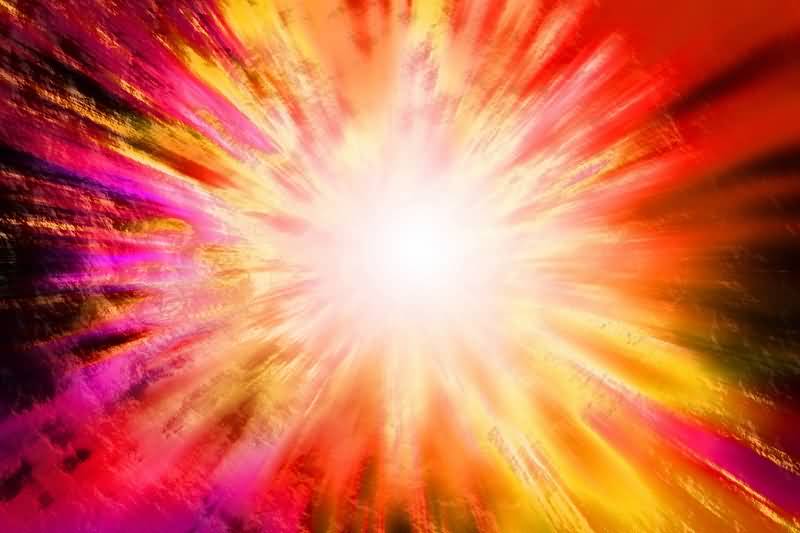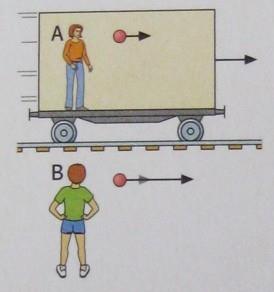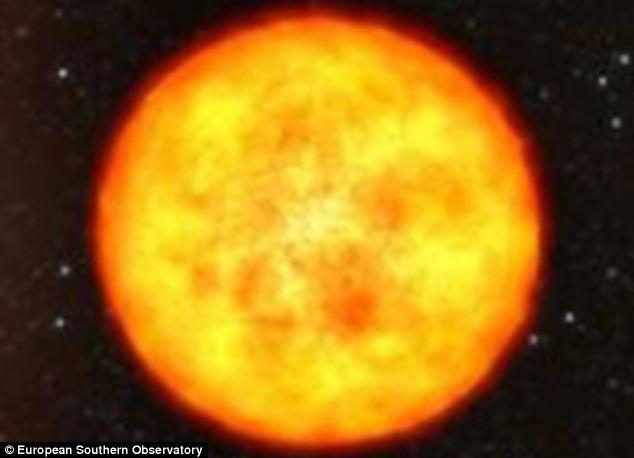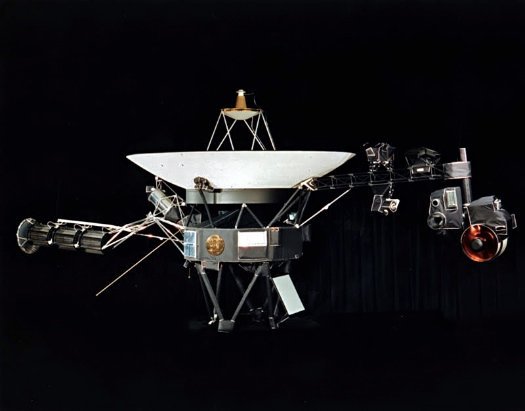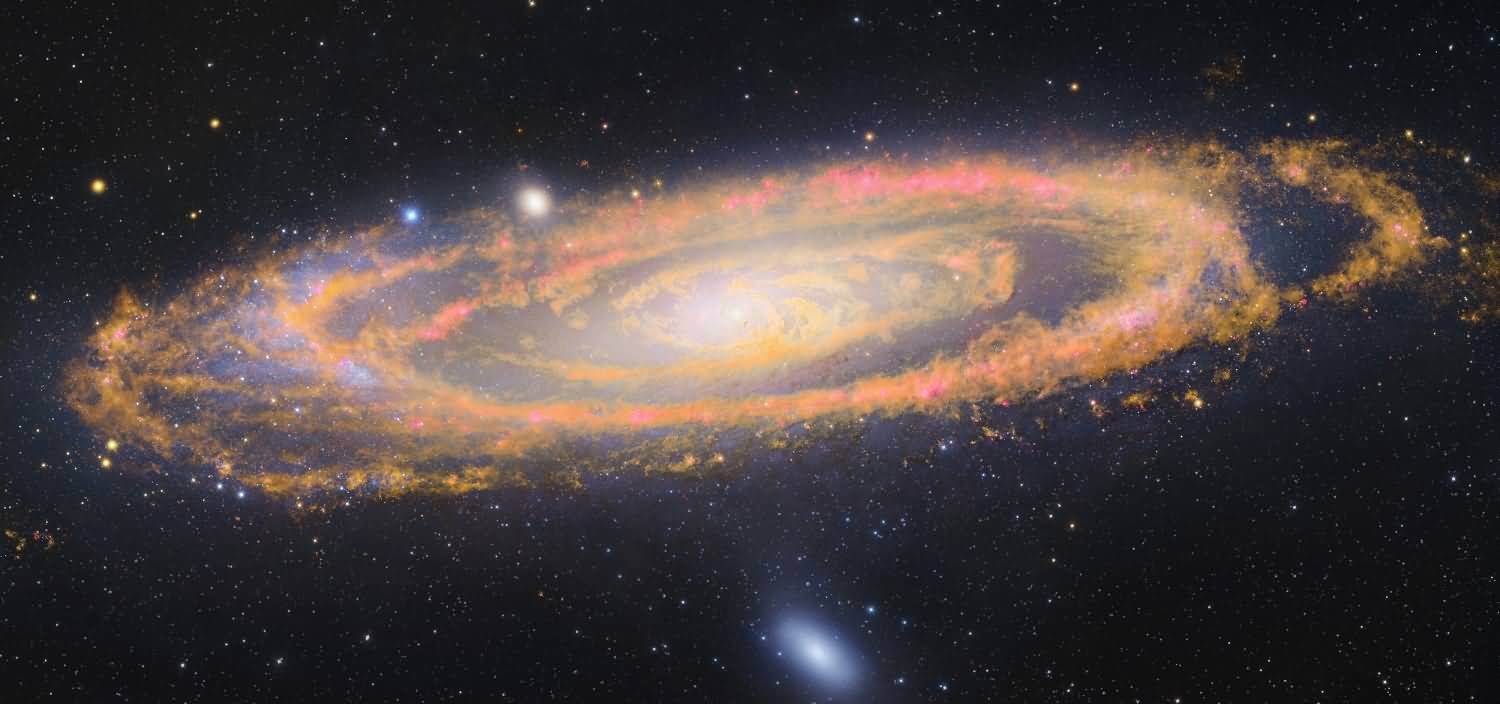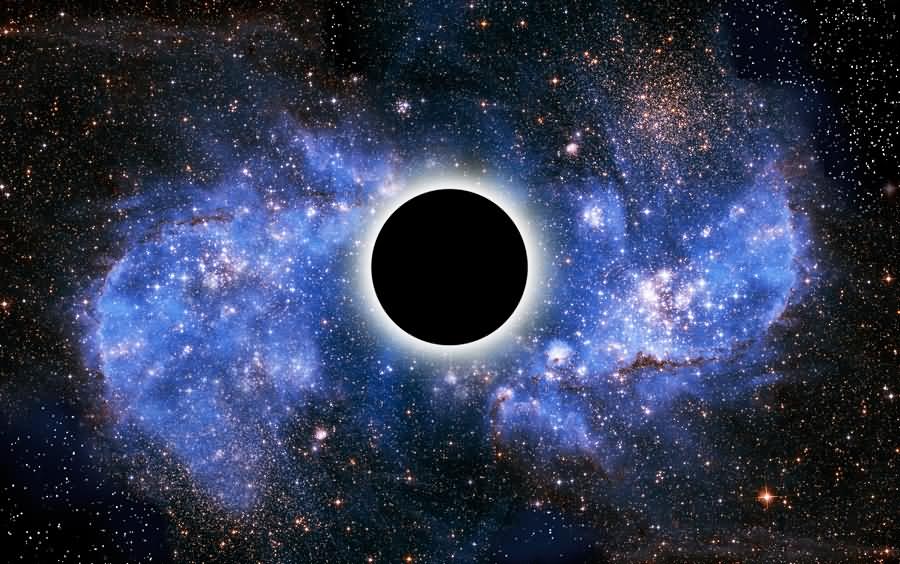Rainbow Gravity Theory - An Interesting Theory
We all know the famous Big Bang theory. But it's not the only theory; there are actually many. One of them said that our 3D universe is the event horizon of a 4D black hole (click here for the articleThat theory is actually one of my favorites. Beyond that, there's superstring theory, but it's not often used in place of the Big Bang theory. It's considered the theory of everything. The one I'll write about here is the beautifully named rainbow theory of gravity. It's named "rainbow" because the light in a rainbow has many colors, or wavelengths. Our main focus is actually wavelengths.

The rainbow theory of gravity proposes that different wavelengths of light will travel differently because mass affects energy as well as space-time.
The theory was actually put forward 10 years ago as a solution to the problem of general relativity and quantum physics not being able to come together at the time of the big bang.
This theory states that there was no singularity of infinite density at the moment of the big bang, extending back to infinity.
The Moment of the Big Bang
As we know, in the Big Bang theory, a singularity existed at the beginning of spacetime's formation. General relativity, which applies to macroscopic objects, and quantum physics, which applies to the microscopic, particle world, clash with each other at this point and cannot reconcile. Because the results are always infinite. In other words, it's unknown whether there was nothing before that moment, or whether it was a collision of parallel universes, as suggested by other hypotheses, or whether a singularity formed as a result of the Big Crunch following another Big Bang. This theory was proposed 10 years ago to resolve the conflict between these two theories.
According to the theory of general relativity, mass warps spacetime and alters the path of everything passing through it, including light. However, according to this theory, this spacetime is affected not only by mass but also by energy. Because each wavelength of light represents a different energy, each wavelength perceives spacetime and gravitational fields differently. This different perspective creates different paths at different times. While this difference is imperceptible for normal light, it should be noticeable for high-energy explosions like gamma-ray bursts. For example, when a supernova explosion causes a gamma-ray burst billions of light-years away, the light traveling and reaching us should arrive at us at slightly different times for each wavelength. Of course, our current observational instruments are unable to detect such a difference, and therefore cannot be verified. However, with developing technology, it is expected that these observations will be observed in the future.
According to this theory, there are two outcomes, and both outcomes eliminate the moment of the big bang, that is, the singularity.
- The first conclusion is that as we go back in time, we have a universe that becomes increasingly denser and smaller. The further back we go, the closer we get to infinite density, but we never reach infinity. This essentially bends time into the infinite past. But the infinite density that causes the singularity never comes into being because it can't be reached.
- According to the second result, the density of this universe is finite and fixed in one place. In this case, a singularity does not occur.
Although it's not accepted as true by many physicists, it's a theory that's undoubtedly interesting. Just the name alone is enough, isn't it? = )

